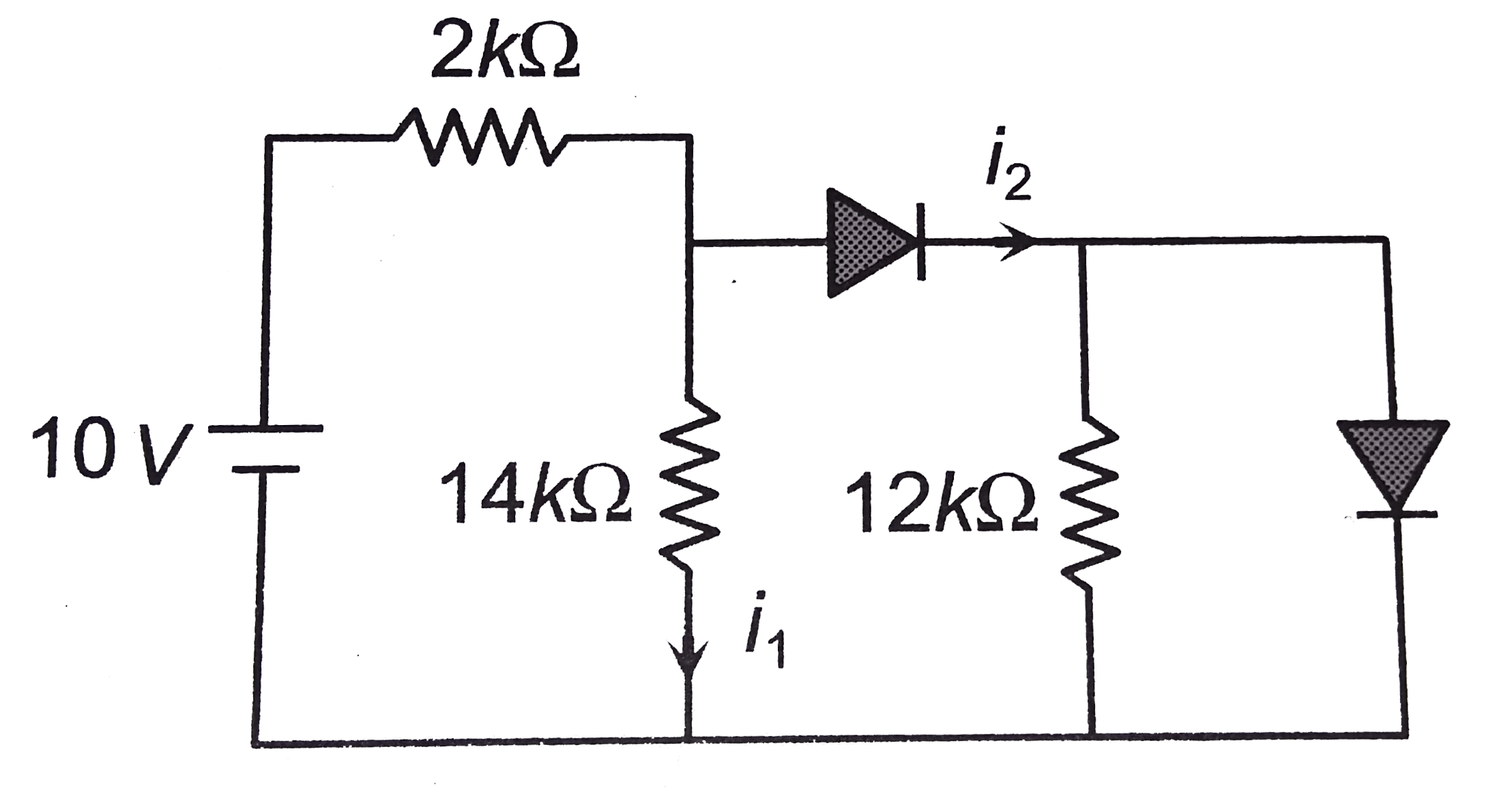The correct shape and I-I-I bond angles respectively in I−3 ion are :
Distorted trigonal planar , 135∘and90∘
T-shaped, 180∘and90∘
Trigonal planar , 120∘
Linear , 180∘
The correct Answer is:D
To determine the shape and bond angles of the I−3 ion, we can follow these steps:
Step 1: Determine the Valence Electrons
Iodine (I) is in Group 17 of the periodic table, which means it has 7 valence electrons. In the I−3 ion, we have three iodine atoms and one extra electron due to the negative charge.
Total valence electrons=3×7+1=22 electrons
Step 2: Draw the Lewis Structure
In the Lewis structure of I−3:
- The central iodine atom will form bonds with the two terminal iodine atoms.
- Each bond consists of 2 electrons, which accounts for 4 electrons used in bonding.
- The remaining electrons will be placed as lone pairs on the central iodine atom.
Lone pairs on central I=22−4=18 electrons⇒9 lone pairs (or 3 lone pairs)
Step 3: Calculate the Steric Number
The steric number is calculated as the sum of the number of bonded atoms and lone pairs around the central atom.
Steric number=Number of bond pairs+Number of lone pairs=2+3=5
Step 4: Determine the Electron Geometry
With a steric number of 5, the electron geometry is trigonal bipyramidal. In this geometry:
- There are 2 axial positions and 3 equatorial positions.
Step 5: Consider Lone Pair Repulsion
Lone pairs repel each other more than bond pairs. Therefore, the three lone pairs will occupy the equatorial positions to minimize repulsion. This arrangement leads to the two iodine atoms being positioned axially.
Step 6: Determine the Molecular Shape
The molecular shape is determined by the positions of the atoms. Since the lone pairs are not counted in the shape, the shape of I−3 is linear.
Step 7: Determine the Bond Angles
In the linear configuration, the bond angle between the iodine atoms is:
Bond angle=180∘
Final Answer
The correct shape and bond angles of the I−3 ion are:
- Shape: Linear
- Bond angle: 180∘
---
Iodine (I) is in Group 17 of the periodic table, which means it has 7 valence electrons. In the I−3 ion, we have three iodine atoms and one extra electron due to the negative charge.
In the Lewis structure of I−3:
- The central iodine atom will form bonds with the two terminal iodine atoms.
- Each bond consists of 2 electrons, which accounts for 4 electrons used in bonding.
- The remaining electrons will be placed as lone pairs on the central iodine atom.
The steric number is calculated as the sum of the number of bonded atoms and lone pairs around the central atom.
With a steric number of 5, the electron geometry is trigonal bipyramidal. In this geometry:
- There are 2 axial positions and 3 equatorial positions.
Lone pairs repel each other more than bond pairs. Therefore, the three lone pairs will occupy the equatorial positions to minimize repulsion. This arrangement leads to the two iodine atoms being positioned axially.
The molecular shape is determined by the positions of the atoms. Since the lone pairs are not counted in the shape, the shape of I−3 is linear.
In the linear configuration, the bond angle between the iodine atoms is:
The correct shape and bond angles of the I−3 ion are:
- Shape: Linear
- Bond angle: 180∘
Topper's Solved these Questions
- JEE MAIN 2021BOOK - JEE MAINS PREVIOUS YEARCHAPTER - JEE MAIN 2021EXERCISE - SECTION-B
50 Videos
- JEE MAIN 2021BOOK - JEE MAINS PREVIOUS YEARCHAPTER - JEE MAIN 2021EXERCISE - CHEMISTRY (SECTION-A)
20 Videos
- JEE MAIN 2021BOOK - JEE MAINS PREVIOUS YEARCHAPTER - JEE MAIN 2021EXERCISE - Chemistry (Section B)
10 Videos
- JEE MAINBOOK - JEE MAINS PREVIOUS YEARCHAPTER - JEE MAINEXERCISE - CHEMISTRY
150 Videos
- JEE MAIN 2022BOOK - JEE MAINS PREVIOUS YEARCHAPTER - JEE MAIN 2022EXERCISE - Question
561 Videos
Similar Questions
Knowledge Check
The IΘ3 ion has .
AFive equatorial lone pairs on the central I atom and two axial bonding pairs in a trigonal bipyramidal arrangement.BFive equatorial lone pairs on the central I atom and two axial bonding pairs in a pentagonal bipyramidal arrangementCThree equatorial lone pairs on the central I atom and two axial bonding pairs in a trigonal bipyramidal arrangement .DTwo equatorial lone pairs on the central I atom and three axial bonding pairs in a trigonal bipyramidal arrangement .What is the I−I−I bond angle in the I−3 ion ?
A180∘B120∘C90∘DMore than 90∘ but less than 120∘Bond angle in IΘ3 is .
AMore than CIO2B180∘CLess than CIO2D>109.5∘
The geometrical arrangement and shape of I−3 are respectively
View SolutionThe basic geometry and shape of I−3 are respectively:
View SolutionThe bonding electrons and lone pairs present in I−3 are respectively:
View SolutionIf the M.I. about diameter, for ring, disc, solid sphere and spherical shell of same radius and mass respectively be I1,I2,I3andI4, then:
View SolutionIn the following circuit I1 and I2 are respectively

View Solution
